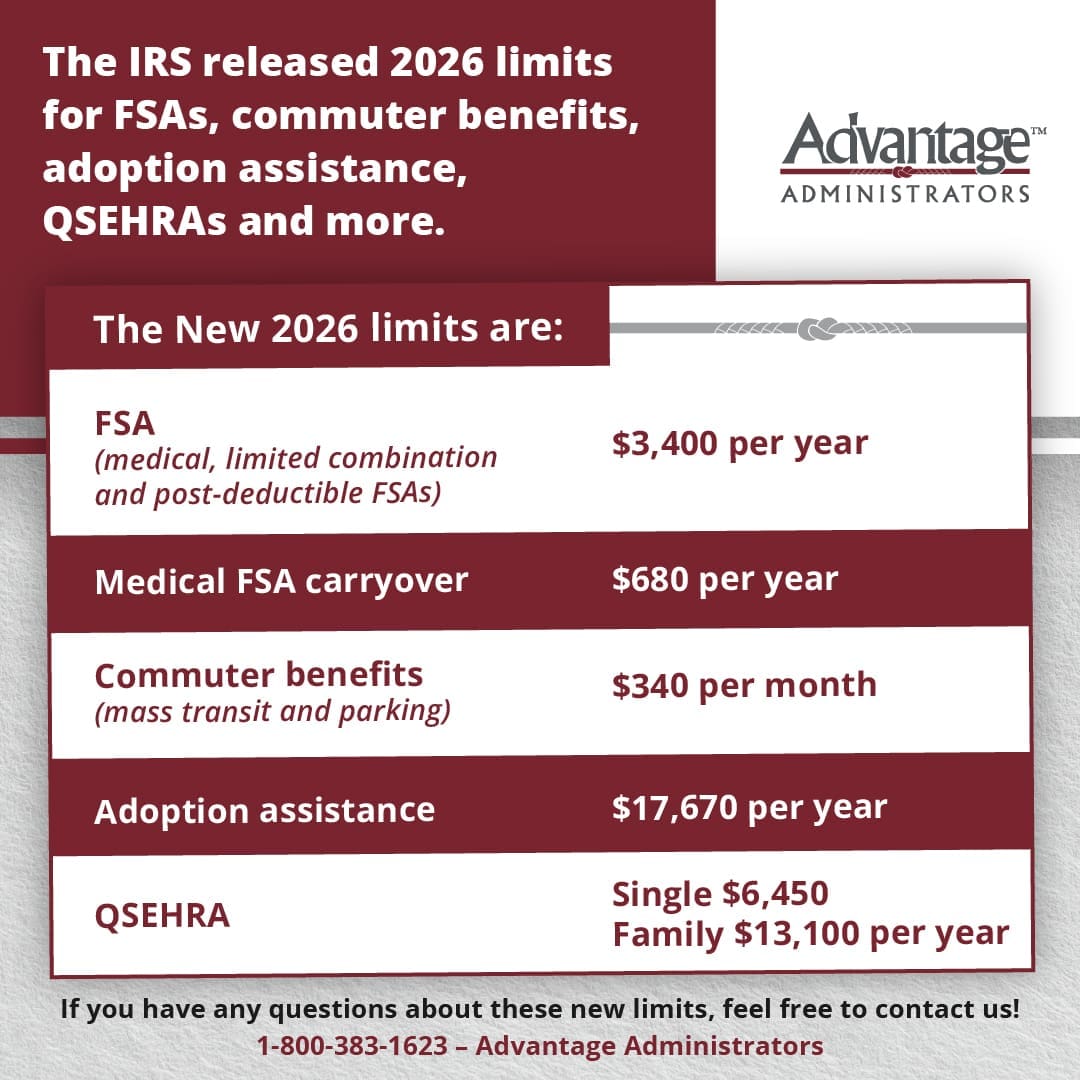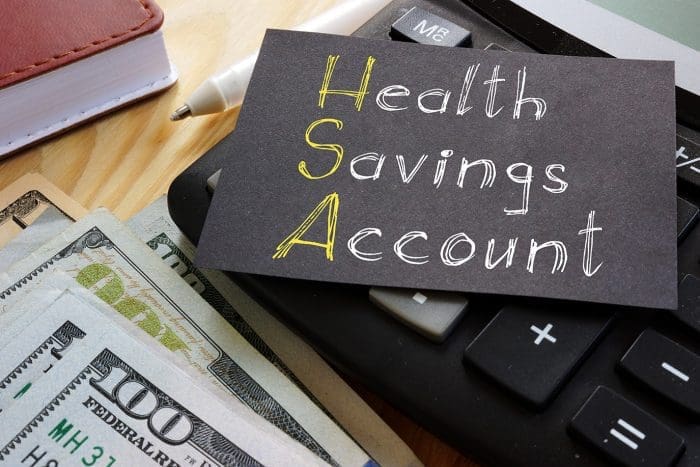It’s July. Have you Performed an HSA Midyear Check-In?
Does your health savings account (HSA) have enough funds to carry you through the second half of the year? If it does, is there more you could be doing to grow those funds? We’ve broken down how to know if you’re contributing enough to your HSA to cover costs for the entire year and whether or not you should invest with extra funds.
Does my HSA Have Enough to Cover Upcoming Healthcare Costs?
How does the second half of the year look? Any big procedures or small needs, like eye doctor visits or over-the-counter medications? When determining your total healthcare budget, it may be helpful to look back at your medical spending history and categorize your healthcare costs:
- Routine: These are anticipated healthcare expenses, even if they fluctuate. For example, the cost of a prescription or copay for an annual checkup.
- Unexpected: While these costs can be difficult to predict, always account for an unplanned trip to the emergency room or urgent medical procedure.
By contributing more to your HSA, you can use pre-tax funds to pay for eligible routine or unexpected healthcare expenses that your healthcare plan may not cover.
Am I Expected to Reach my HSA’s Contribution Limit?
There’s no downside to contributing the maximum to your HSA, as long as you can afford to do so while also meeting your other financial goals. Making the maximum contribution each year can be a smart retirement strategy. An HSA allows you to save for future healthcare expenses without having to tap into your retirement fund early for unexpected medical expenses.
The IRS set 2025 contribution limits for HSAs. These limits differ based on whether your HSA plan is for individual coverage or family coverage.
Please note: Eligible individuals who are 55 or older are able to contribute an additional “catch-up” contribution of $1,000 per year.
If You’re Ready to Invest Funds, Where Should you Start?
For those who do not have a lot of savings or flexibility in budgeting, investing HSA funds can be a key component to your retirement strategy. Funds generally grow tax-free within an HSA but only about 8% of HSAs are investing. Many HSA plans require a minimum balance in your account before you can invest funds.
Schwab’s Rob Williams recommends keeping two to three years’ worth of routine medical expenses in cash within your HSA and using excess funds to invest.
Common HSA investment options include:
- Mutual funds
- Stocks
- Bonds
Investing HSA funds can offer many benefits but whether or not you choose to invest depends on your personal financial situation.
If you are Investing, how are Your Investments Performing?
It’s important to monitor your investments; the frequency in which you do so is up to you. Some check their investments every day, while others check quarterly. When reviewing your investments, it is important to evaluate their performance, review available fund options and consider how your investment strategy could be adjusted.










 Flex Plans
Flex Plans Forms
Forms HSA
HSA HRA
HRA Retirement
Retirement Health Shopper
Health Shopper FSA Store
FSA Store